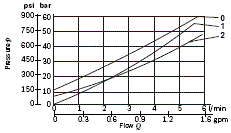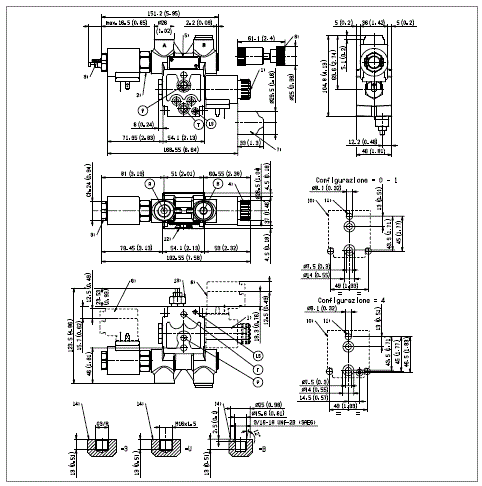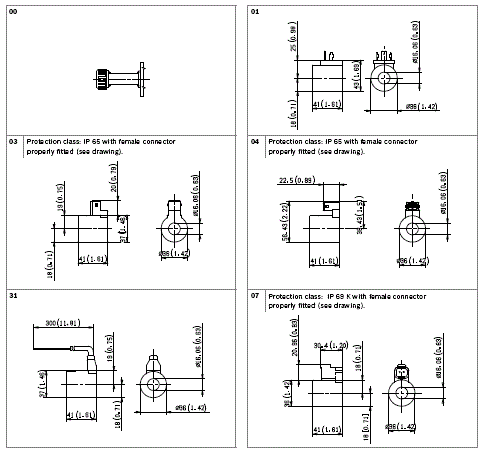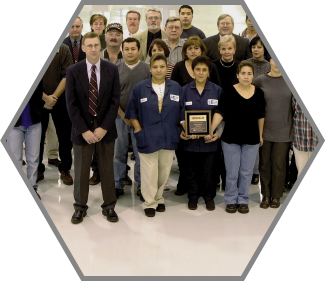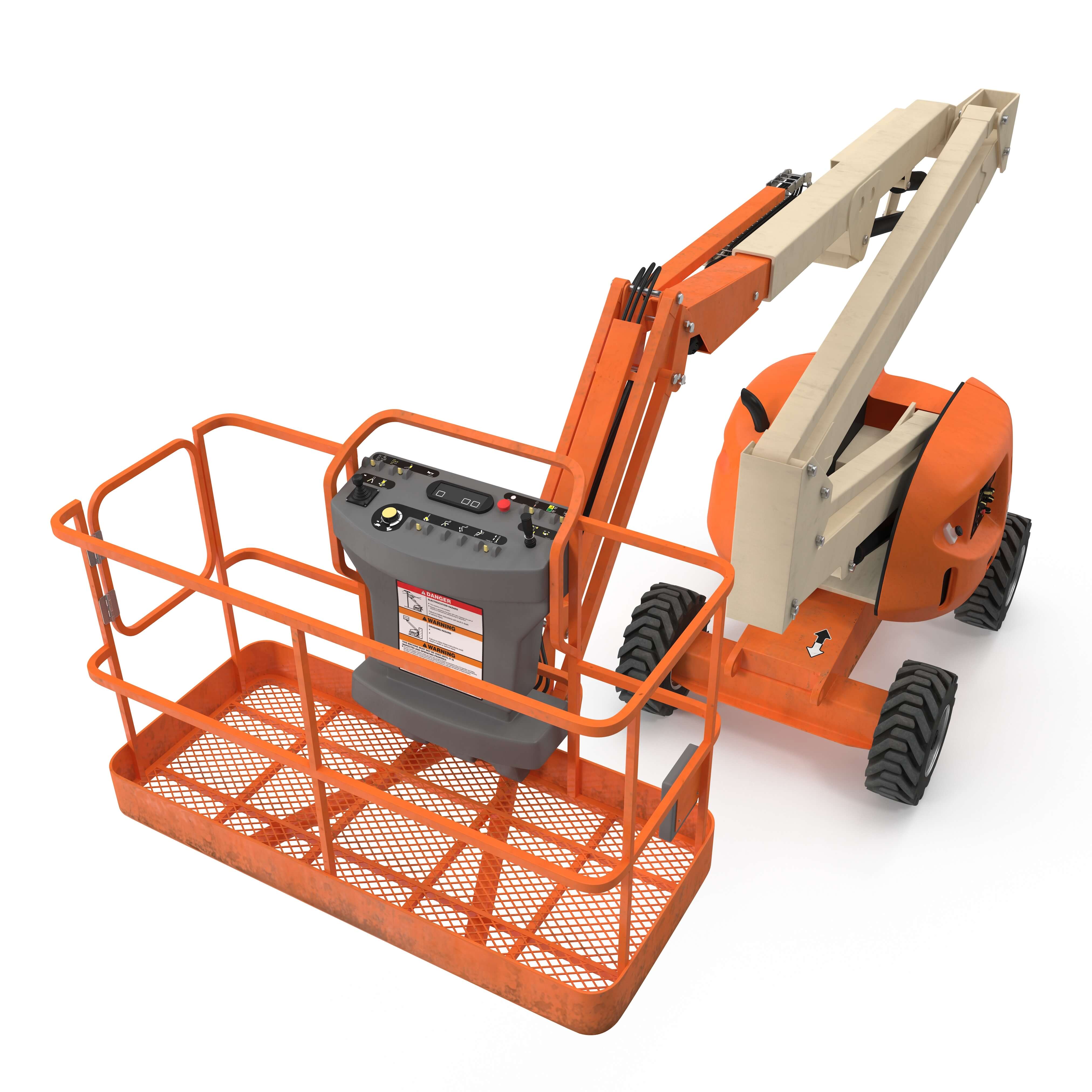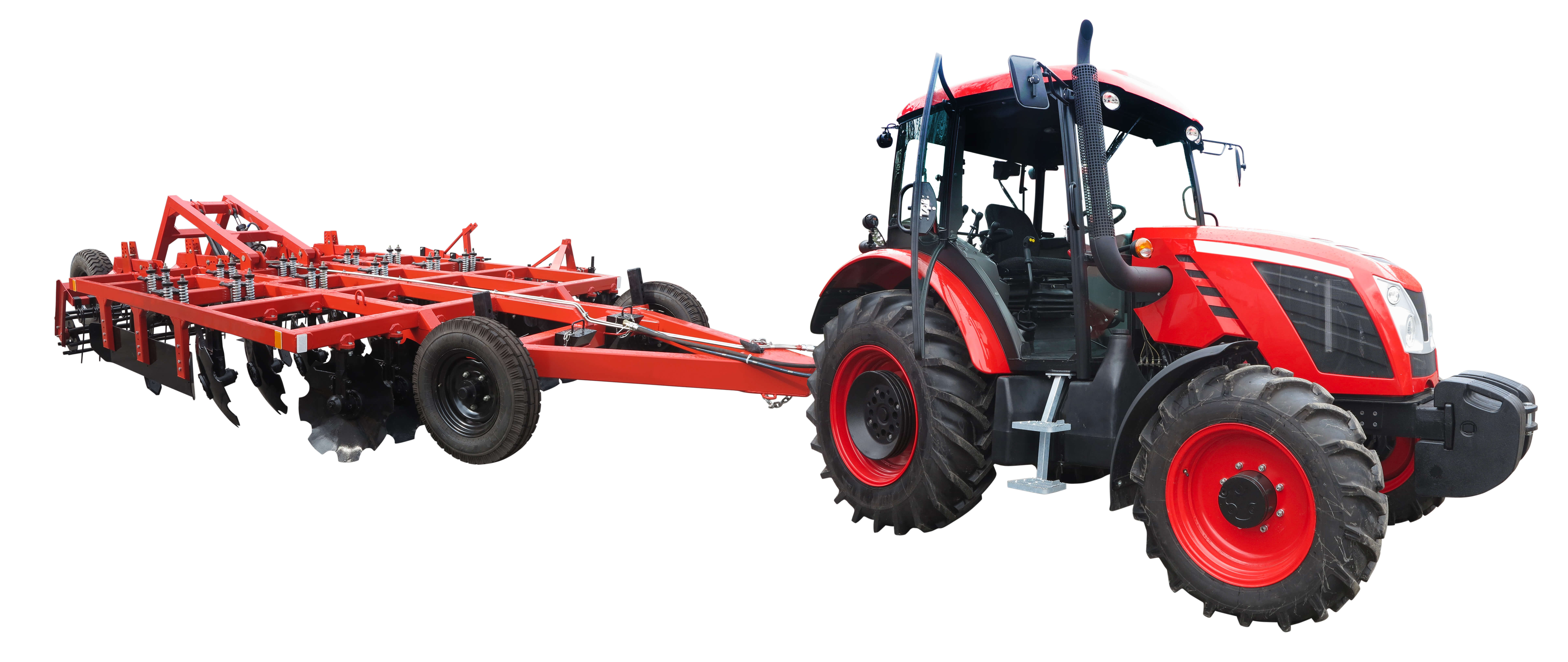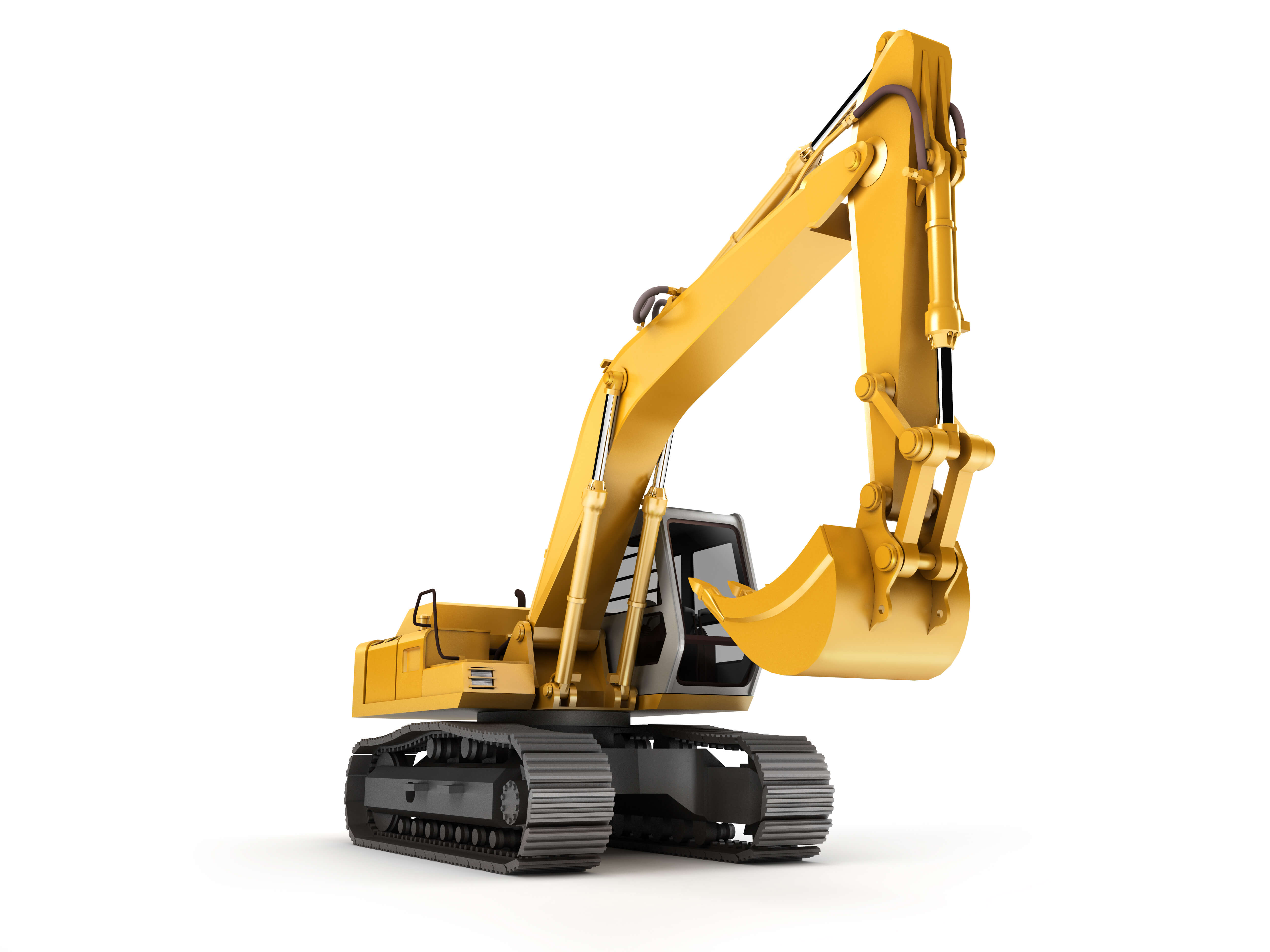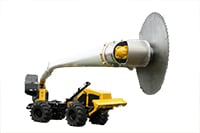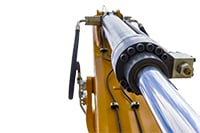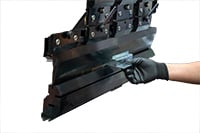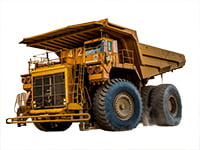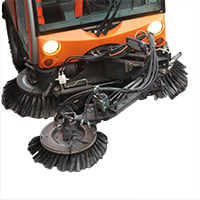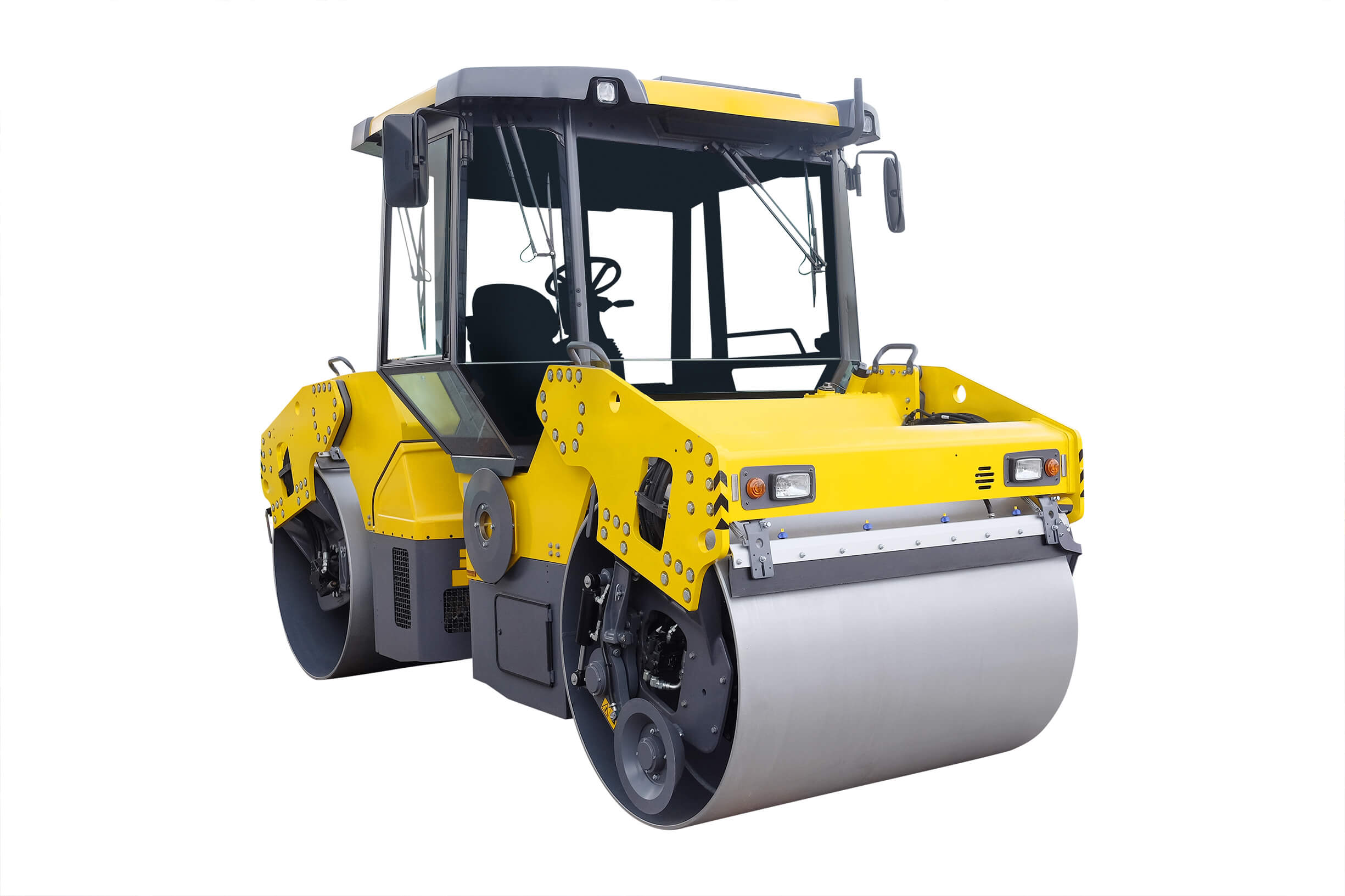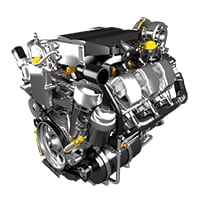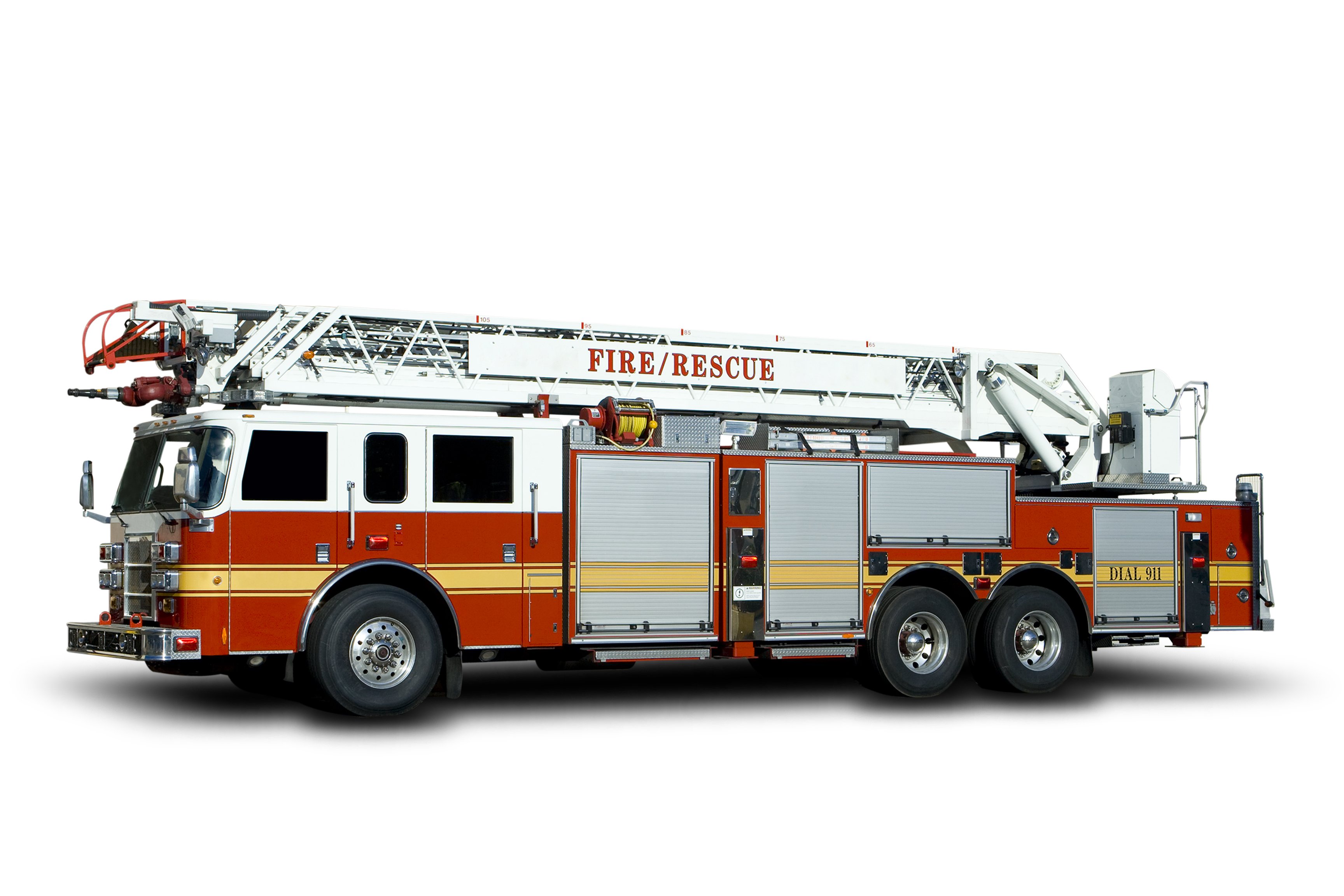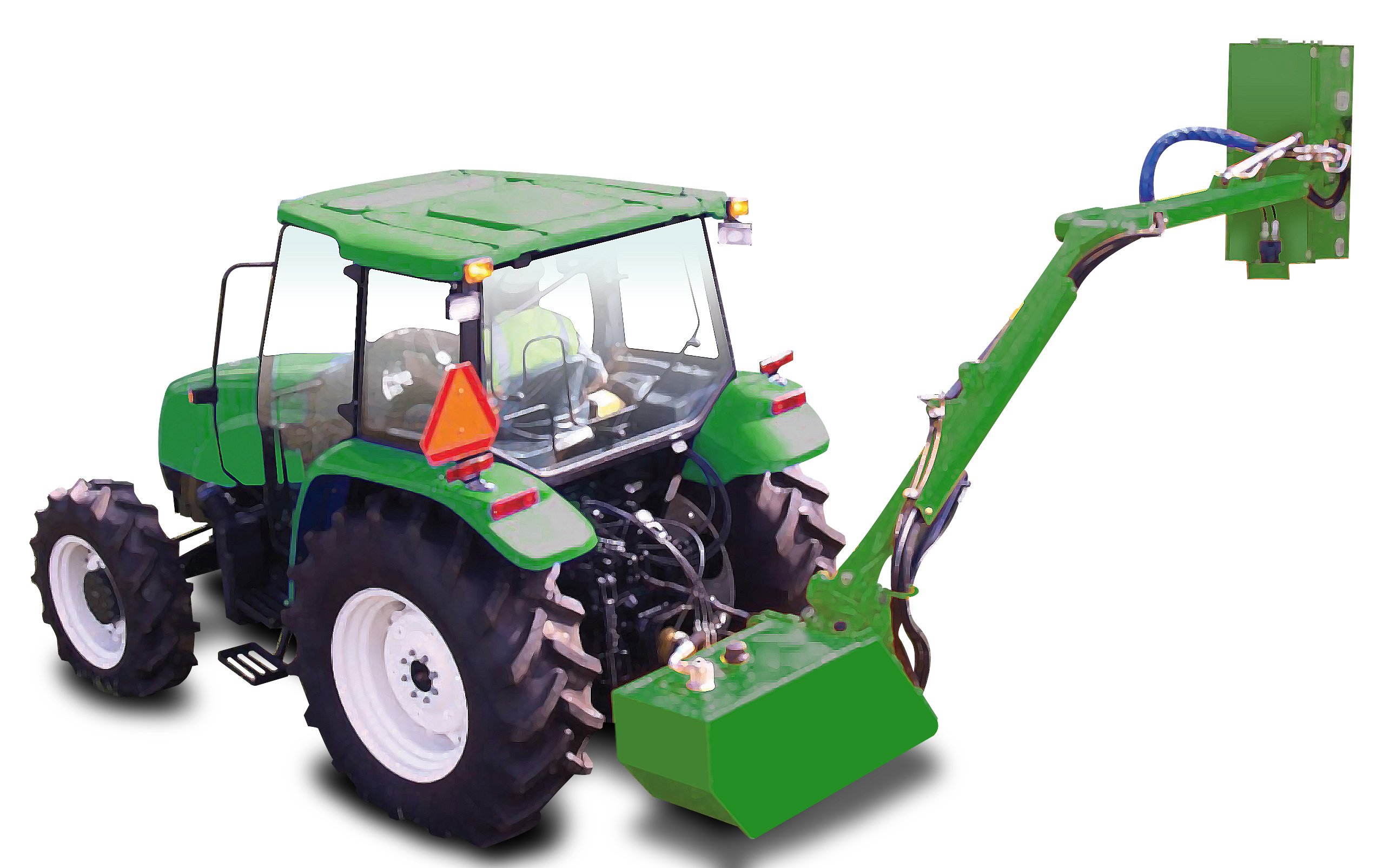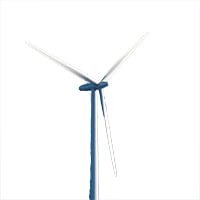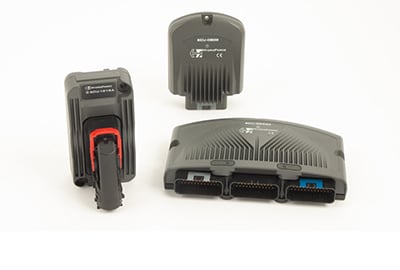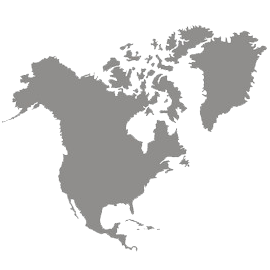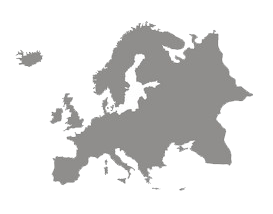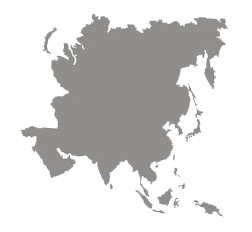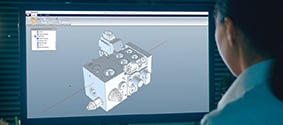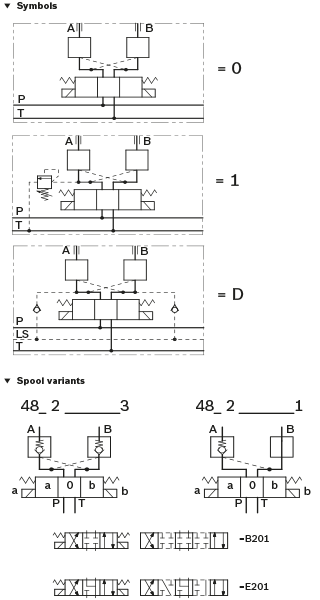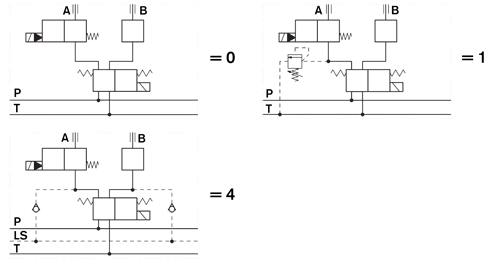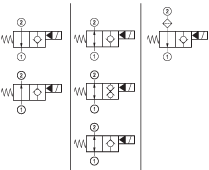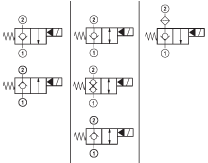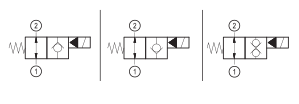- Valve elements with 4 ways and 2 positions.
- Control spools directly operated by solenoids with removable coils.
- In the de-energized condition, the control spool is held in the central position by return spring.
- Wet pin tubes for DC coils, with push rod for mechanical override; burnish surface treatment.
- Manual override (push-button or screw type) available as option.
- Additional solenoid cartridge 2/2, NO or NC, single locking or dual locking on port A.
- Size 4
- Series 00
- Maximum operating pressure 310 bar (4500 psi)
- Maximum flow 25 l/min (6.6 gpm)
- Port connections G 3/8 SAE6 - M16x1.5
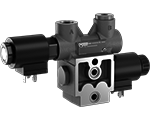
B8_5A... (EDB-A-VEI)
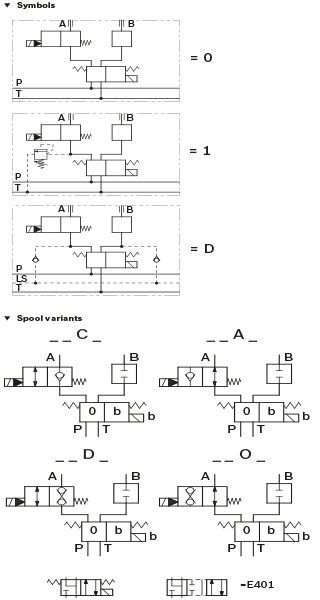
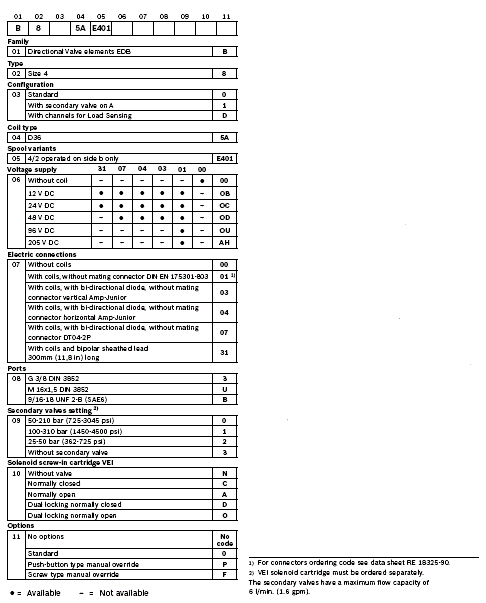
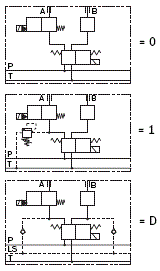
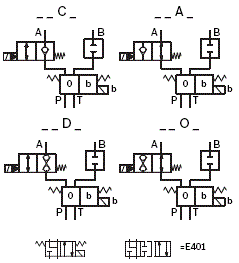
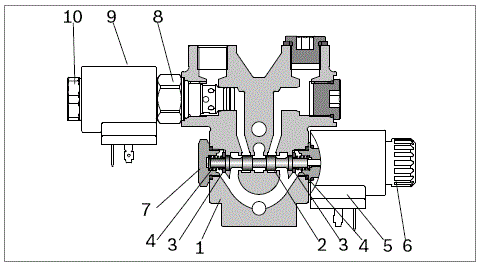
The sandwich plate design directional valve elements B8_5A... are very compact direct operated solenoid valves which control the start, the direction and the leak free stop of the oil flow. These elements basically consist of a stackable housing (1) with a control spool (2), one solenoid (5), a spring holder plug (7); two return springs (4); a solenoid screw-in cartridge VEI (8) with its coil (9). When energized, the force of the solenoid (5) pushes the control spool (2) from its rest position “0” to the end position “b”. If there is a solenoid cartridge VEI (8) type C, A, O, the oil flow goes directly to the port A; if there is a solenoid cartridge VEI (8) type D (Dual locking), it is necessary to energize the solenoid cartridge as well in order to allow the oil flow to the port A.
Once the solenoid (5) is de-energized, the return spring (4) pushes the spool thrust washer (3) back against the housing and the spool (2) returns in its rest position. The leak free holding at port A is provided by energizing (or de-energizing, if the VEI is NC type) the solenoid cartridge. By energizing open the VEI (8) (“C“ and “A“ versions), the A port is open to tank and downstream flow is possible. The coils are fastened to the respective solenoids (5) and VEI (8) by the ring nuts (6) and (10).
For applications with different specifications consult us
- kg (lbs) 1.8 (3.96)
- () -30....+90 (-22....+194) (NBR seals)
- 310 bar (4500 psi)
- 250 bar (3625 psi)
- 25 l/min (6.6 gpm)
- Mineral oil based hydraulic fluids HL (DIN 51524 part 1). For use of environmentally acceptable fluids (vegetable or polyglycol base) please consult us.
- -30....+100°C (-22....+212°F) (NBR seals)
- ISO 4572: βₓ≥75 X=12...15 NAS 1638: class 9
- 5....420 mm²/s
- DC (AC only with RAC connection)
- -10 +10%
- Continuous, with ambient temperature < 50°C (122°F)
- 150°C (302°F)
- H
- Low Voltage Directive LVD 73/23/EC (2006/95/EC), 2004/108/EC
- kg (lbs) 0.18 (0.40)
- V 12
- V 24
- V 48
- V 96
- V 205
- DC
- DC
- DC
- DC
- DC
- 20 W
- 20 W
- 20 W
- 20 W
- 20 W
- 1.62 A
- 0.84 A
- 0.45 A
- 0.21 A
- 0.01 A
- 7.4 Ω
- 28.4 Ω
- 106.4 Ω
- 451 Ω
- 2062 Ω
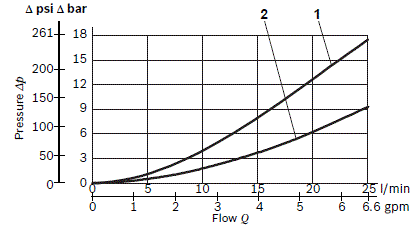
Measured with hydraulic fluid ISO-VG32 at 45° ±5 °C (113° ±9 °F); ambient temperature 20 °C (68 °F).
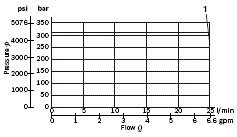
The performance curves are measured with flow going across and coming back, like P>A and B>T, with symmetrical flow areas.
In case of special circuit connections, the performance limits can change.
